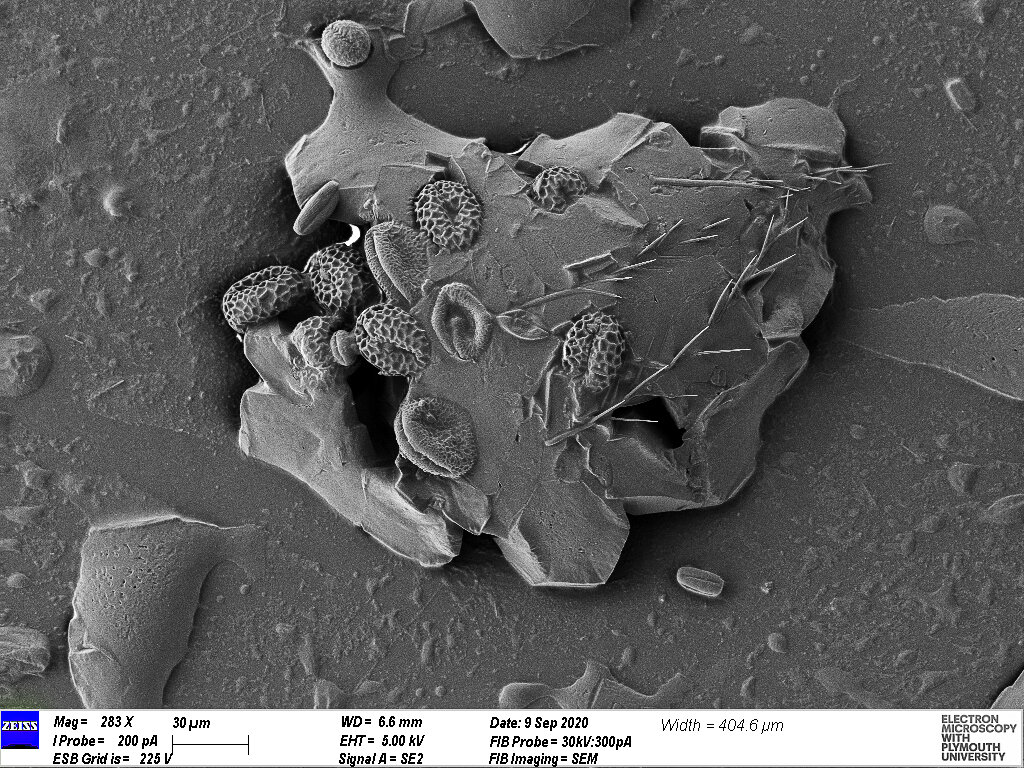
LOCAL POLLEN DATA
What plants are pollinators visiting?
We work with local scientists from the Electron Microscopy Centre (PEMC) at The University of Plymouth to conduct DNA analysis on the pollen residue left by our bees, this then tells us exactly which species of plants they are going to.
Using bees as a biosensor we can identify any gaps within the foraging radius of the beehive and use this information to create seed packet recipes that will address these floral gaps.
We believe this to be a true lifeline to our local ecosystem, not only honey bees, but all other wild insects and pollinators as well. See how the process works below…
Pollen Collection Method
This is an innovative method to passively collect pollen from returning foraging bees. The goal of the tubes is to collect them on a weekly basis, with the normal hive inspection, and send them away at the end of the year to our connections at BeeBytes / Roslin Institute for DNA analysis. This helps build a picture of what is being foraged on, and subsequently how we could improve the forage for all pollinators.

INSIDE OUR POLLEN TUBES
Microscopy imagery from Pollenize beehives is carried out by Plymouth Electron Microscopy Centre (PEMC) at Plymouth University.
We collect pollen from all of our hives over a weekly period in the spring and summer and these are sent to Roslin Institute for full analysis.
This gives us a clearer understanding of local forage and how we can improve it (which is how we improved the seed recipe in our native wildflower seed packets).














THE BEST PLANTS FOR ALL POLLINATORS
This very comprehensive chart is ranked by total pollinator species interactions - highlighted is the crossover with honey bees.




